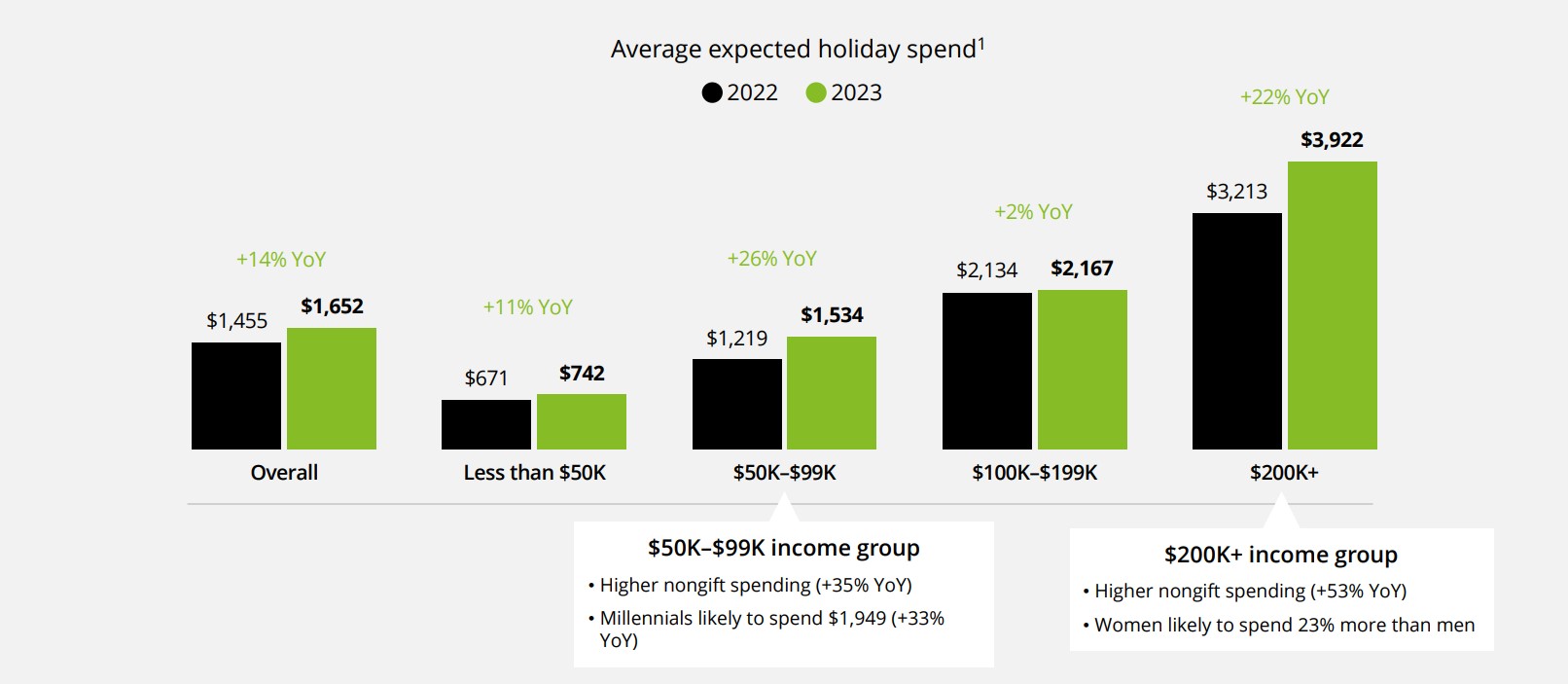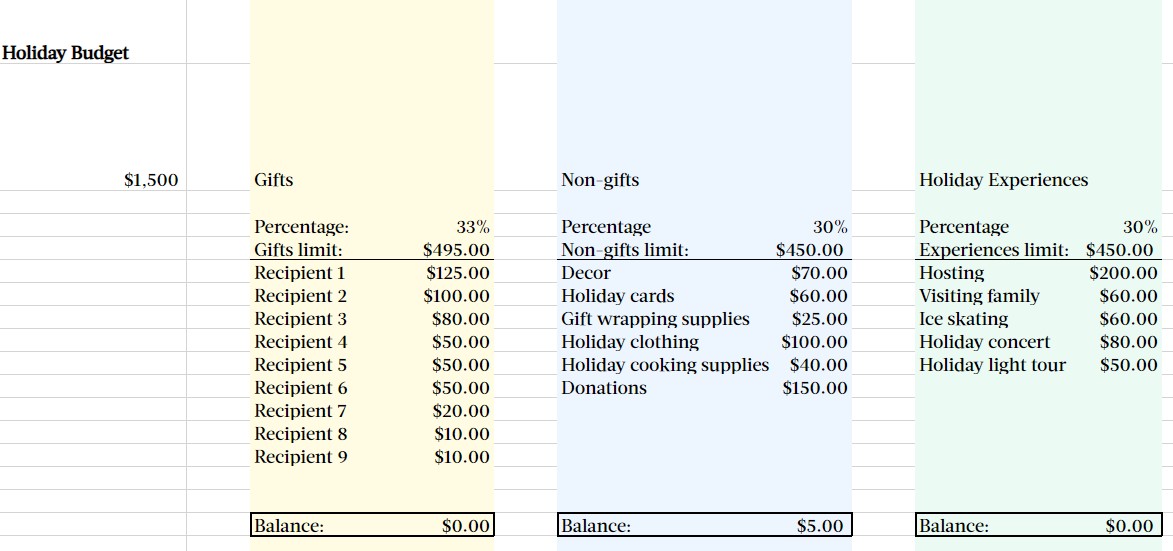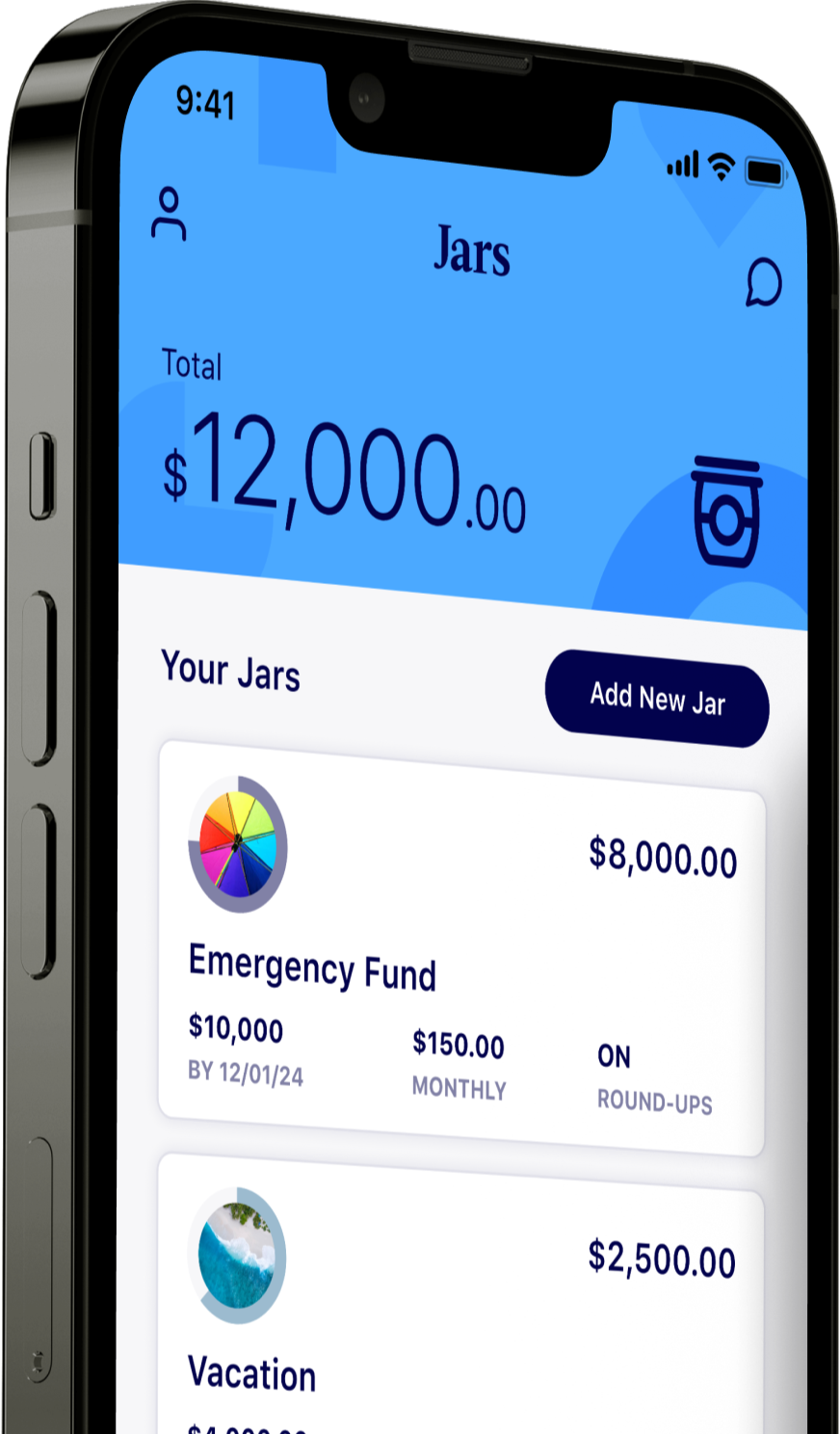The holidays are just around the corner. For many, the holiday season is full of fond memories, seasonal festivities, holiday music, home decor, family gatherings, favorite foods, and gifts given and received.
As we enter this season of hope and good cheer, it’s essential to take a moment to think about your finances and how much you plan to spend during the season. What are the things you really cherish this time of year? Whether purchasing gifts for your loved ones, making donations to your favorite charity, or buying decorations or food for hosting festive gatherings, it’s essential to give your budget some thought ahead of time so you can stay on track for your financial goals.
To enjoy the holidays to the fullest, you need a financial plan specific to the season. We’ll walk you through making a holiday budget, and we have a helpful downloadable spreadsheet file you can use to formulate your own!
Set an Overall Spending Limit
Merriment and holiday memories don’t happen out of nowhere – there’s usually some preparation and spending involved to pull off the holiday magic. To make a holiday budget, start by setting an overall spending limit. This can help you stay on track and know how much to allocate for each spending category for creating holiday magic all your own this season.
How much do people spend? It varies by household, but Americans plan to spend an average of $1,652 on the 2023 holiday season, up 14% from 2022, broken down in these categories:
- $554 on gifts
- $466 on non-gift retail purchases (decorations, home furnishings, clothing)
- $632 on entertaining at home or away from home (restaurants and event tickets)
Unsurprisingly, the typical holiday budget ranges by income, and a smaller percentage of high-spending shoppers make up the majority of holiday spending:

Regardless of the total amount you’ll spend, you can create a holiday budget based on your own past spending and current financial situation.
First, you’ll want to determine what’s feasible financially for you and your family this season. If you already use a budget, you know how much is coming in and how much you’re allocating to bills, recreational spending, and saving. If you’re not yet using a household budget (or you need to revisit it after some changes in your circumstances), now is a great time to start.
Some may choose to allocate their recreational or entertainment spending toward the holidays for that part of the year. Others have saved up for gifts and holiday experiences throughout the year.
If your financial situation is similar to years past, the next step is to look back at what you spent on prior holidays as a reference point. Think about with whom you exchanged gifts, if you attended any holiday social events, if you hosted a holiday meal, or if you traveled. Review your budget or past bank statements for a more specific idea of how much you spent.
To determine your final spending limit amount, consider what’s realistic for your current situation and how holiday spending aligns with your interests and values. If you’re the kind of person that starts listening to holiday music in October and eagerly awaits this season each year, you may find it worthwhile to spend more. If holiday spirit isn’t really your thing, set a lower limit and free up the room in your budget for something else you will enjoy more in the coming year.
Here’s a sample holiday spending budget using the downloadable spreadsheet:

Map Out Gift Expenses
For the first holiday budget category, we recommend starting with gifts. There are many social expectations surrounding holiday gift culture and it’s the line item that impacts others most. Starting here can ensure you have enough money allocated to fulfill any social obligations.
The study we shared above found that the average American spends one-third of their holiday budget on gifts. So, divide your overall budget by three, and that amount could be a good starting point. Adjust up or down based on other holiday spending priorities and your gift-exchanging customs.
The next step is to map out potential expenses. Think about who you may exchange gifts with – family, friends, colleagues, neighbors. Make a list of these people and prioritize accordingly. Chances are, you’ll spend more on gifts for some people than others. Allocate accordingly, then you’ll have a limit for each gift, and can begin the shopping process.
For people with whom you’re close, consider opening the lines of communication to directly address gift costs. Your friends or family members may also be wondering how much to spend or hoping to skip exchanging gifts this year! Sending that quick text may bring a sigh of relief for both of you and minimize your spending or free up room in your budget.
Bonus tip: It always helps to leave a little extra room in the gift budget in case someone you don’t anticipate gives you a gift, and you’d like to return the favor.
Identify Non-Gift Purchases
The next line item to account for are tangible items that are not gifts, like decorations or special holiday clothing. The average American dedicates about 28% of their holiday budget to this category. Take your overall budget and divvy up 28% of it, then adjust up or down.
Within that figure, you’ll parse it out for specific purchases. You might think, “but I don’t spend hundreds of dollars each year on holiday stuff that isn’t gifts!” but if you buy fresh garland, some gift bags, those adorable festive placemats you saw while browsing… well, it adds up.
Evaluate what you have and what you need to buy. Then, build in line items in your holiday budget:
- Décor
- Festive home furnishings
- Holiday cards
- Gift wrapping supplies
- Holiday clothing
- Holiday cooking supplies
- DIY and craft supplies
Fun fact: the average planned holiday spending on decorations in the United States was $63 in 2021. It seems like a big jump from prior years, it’s pretty much in line with the rate of inflation in the late 2000s!

Plan Holiday Experiences
Last on the holiday budget breakdown is experiences. This took the biggest portion of the average budget, coming in at 38.25%. Think about the types of things you enjoy doing as part of your existing traditions or new seasonal things you’d like to enjoy. Then, decide how much to spend in total and then on individual activities. Consider if you’ll be taking part in any of these festive events:
- Hosting family or friends for a party or meal
- Traveling for the holidays
- Holiday light display tours
- Concerts or shows
- Winter activities like ice skating
- Themed photo events
- Ticketed parties
When it comes to hosting or attending a holiday event, make a plan with your family and friends in advance. Settle on who is hosting, then who is bringing various contributions like side dishes, desserts, or beverages. For other holiday themed recreational activities, look up events in your area that you may want to attend early. Once you know the pricing, you can make your plans in accordance with your budget.
Conclusion
Whether you’re celebrating Christmas, Hanukkah, Kwanzaa, Winter Solstice, Festivus for the rest of us, the New Year (or just the end of this one!), the holiday season is a time to spend with friends and family, celebrate traditions, and reflect on the end of the year. Gift giving traditions, special events, and themed décor can make the time special. Plan ahead and stay on budget so you can enjoy a stress-free holiday season!
Keep reading on the Milli blog:
Money on the Mind: The Psychology Behind Your Finances
Building an Emergency Fund Beyond 6 Months
8 Money Myths: Busting Financial Misconceptions



